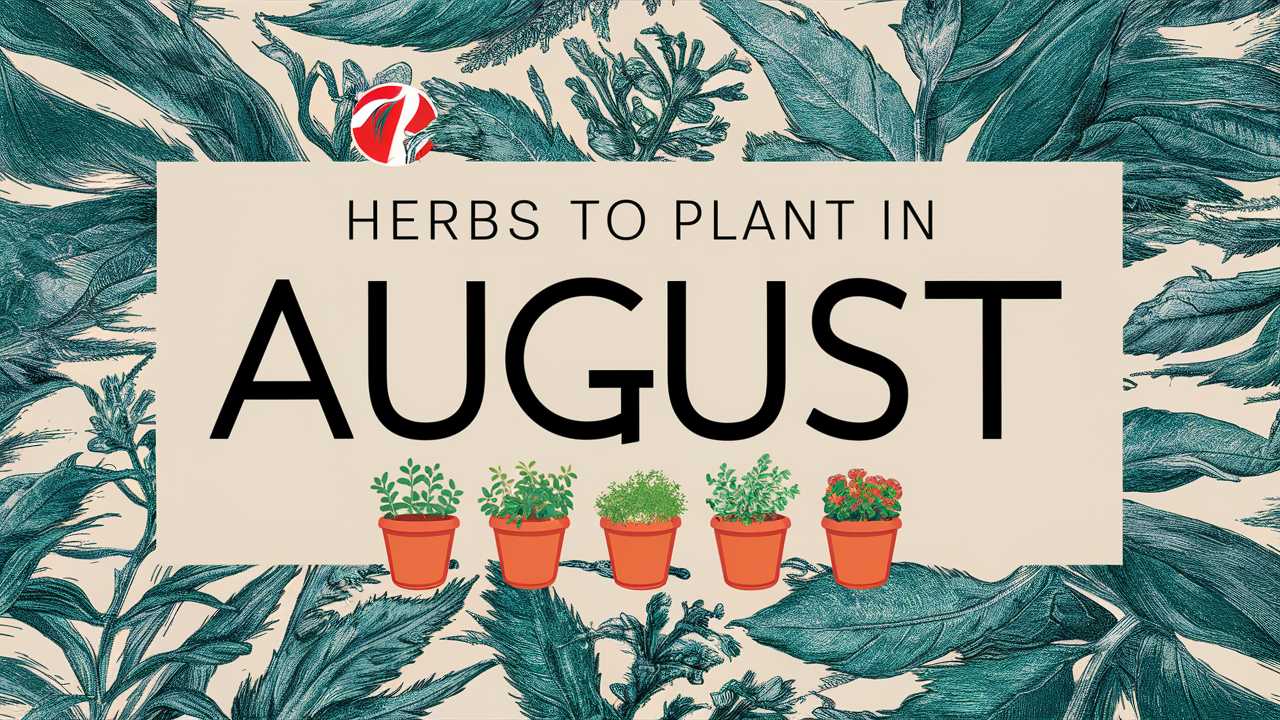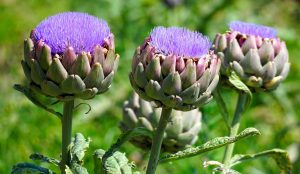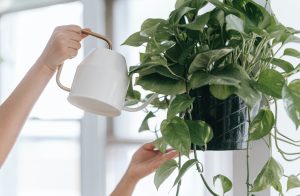This guide will introduce you to herbs that thrive when planted in August, ensuring that you’ll enjoy the benefits of fresh herbs long into the cooler months. Whether you’re in the cooler climates of USDA Zone 3 or the warmer regions of Zone 10, there’s something you can grow.
Basil
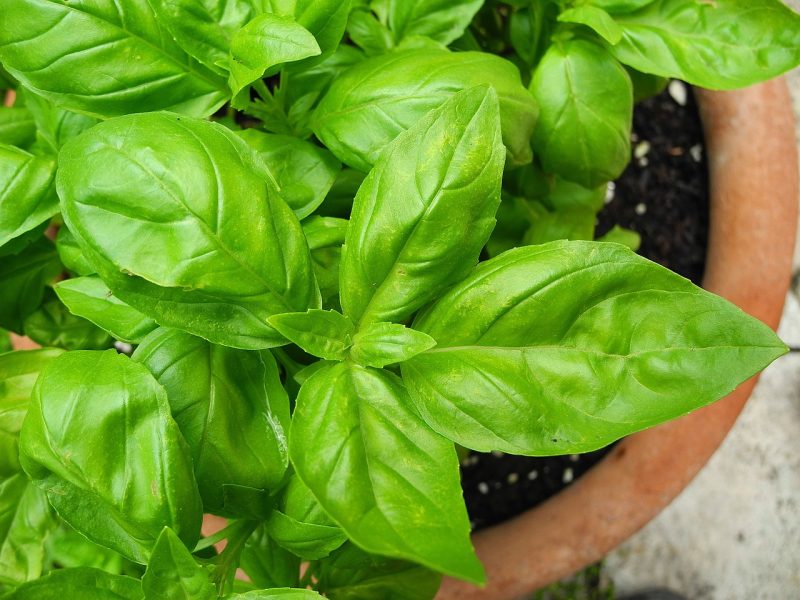
Basil is a quintessential herb of summer, but it can be successfully planted in August in many regions. In USDA Zones 9 and 10, basil can be planted throughout August as the warm weather continues to provide ideal growing conditions. This tender annual prefers temperatures between 70°F and 85°F.
When planting basil in these zones, ensure you’re using well-drained soil and plenty of organic material. Basil grows quickly, making it a rewarding herb for beginner gardeners. Feel free to harvest the tops to encourage bushier growth, and consider companion planting with tomatoes to enhance the flavor of both.
Cilantro
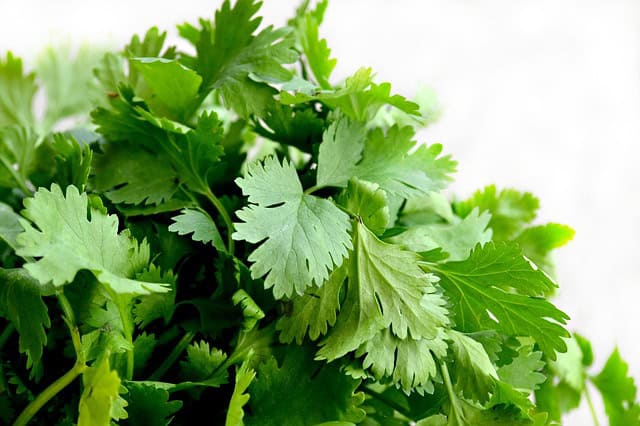
Cilantro (or coriander) is unique because it can be planted in the late summer and harvested in the fall. In USDA Zones 3 through 8, it’s best to sow cilantro seeds in mid to late August. This herb thrives in cooler temperatures, ideally ranging from 55°F to 75°F.
Cilantro loves sunlight, but in very hot areas, some afternoon shade can help prevent it from bolting (going to seed). Regular harvesting of the leaves will also encourage a longer growing season. Plus, the seeds can be harvested for culinary use when fully dried, adding to the herb’s versatility.
Dill
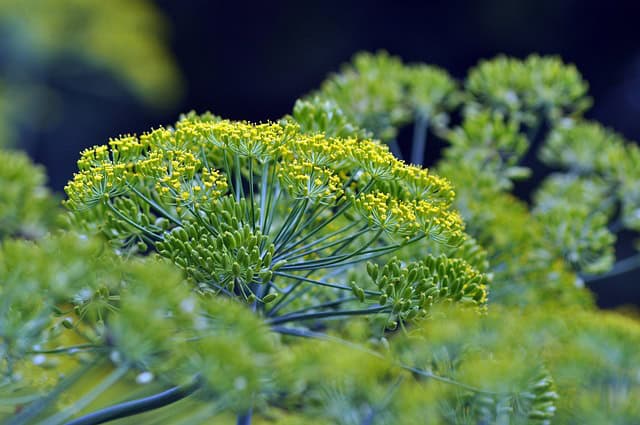
Dill is another herb that’s as adaptable as it is aromatic. In USDA Zones 3 through 7, dill can be seeded in August for a fall harvest. This herb prefers cooler temperatures, ideally around 60°F to 70°F.
Dill has a unique growing cycle; it takes about 40-60 days to mature, so you’ll enjoy the fresh leaves in time for autumn dishes. Dill seeds can also be planted directly in the soil, and they thrive in well-draining areas with at least six hours of sunlight daily. Pairing dill with cucumbers is a classic for summer salads!
Oregano
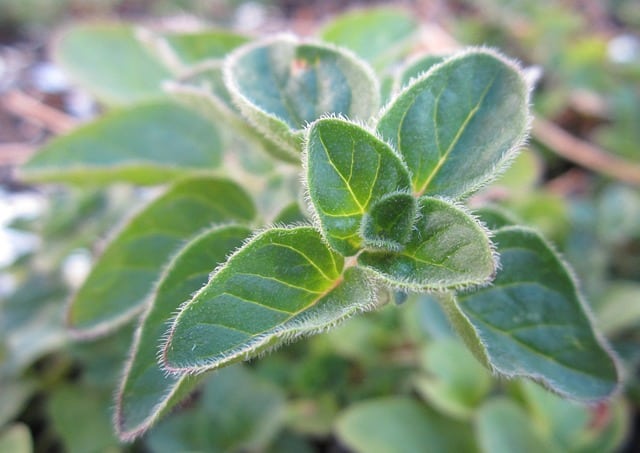
Oregano is a hardy perennial herb that can be planted in August in USDA Zones 5-10. Preferring warm weather, this herb flourishes best when temperatures are between 70°F and 80°F.
When planting oregano, consider spacing the seeds or transplants about 12-18 inches apart to allow for the bushy growth habit that this herb exhibits. Oregano is drought-resistant once established, making it low-maintenance, but ensure that the soil is well-draining. With its robust flavor, it’s a staple in Mediterranean cooking and also pairs wonderfully with various meats and tomato-based dishes.
Parsley
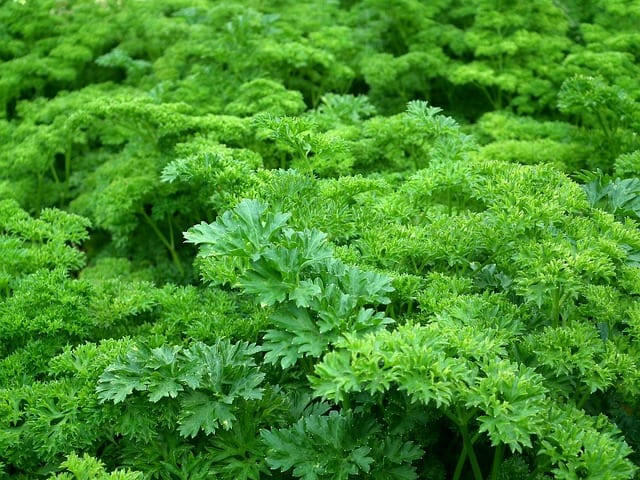
Parsley, whether flat-leaf or curly, can be a great herb to plant in August, particularly in USDA Zones 5-9. Parsley seeds can be sown directly into the garden or started indoors and then transplanted. This herb prefers temperatures between 60°F and 75°F.
Parsley has a long growing season, and planting in late August can provide a late fall harvest or even winter growth in milder climates. One useful tip is to soak the seeds overnight before planting them to aid in germination. As a nutrient-rich herb, parsley can be a valuable addition to salads, sauces, and garnishes.
Thyme
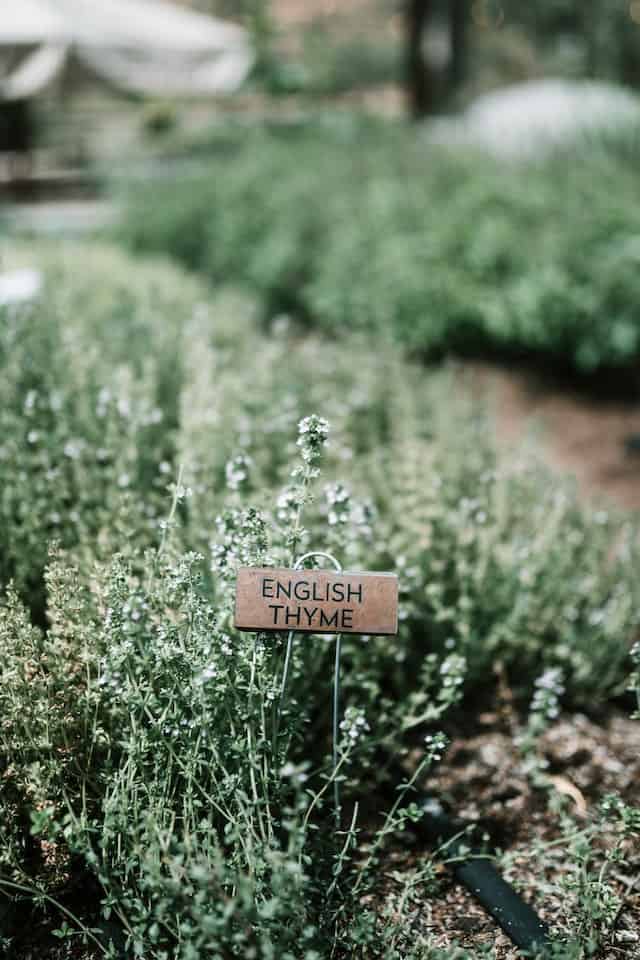
Thyme is a drought-tolerant perennial herb that thrives in USDA Zones 3-9. It benefits from being planted in August as it can root and establish itself before the colder weather sets in. Thyme thrives in temperatures of 60°F to 70°F, making an August planting ideal.
Choose a spot with full sun and well-drained soil. Thyme’s woody stems and aromatic leaves make it a resilient herb, and once established, it can survive harsh droughts. Consider harvesting the tips before flowering for the best flavor, as this prevents the plant from becoming woody.
Chives
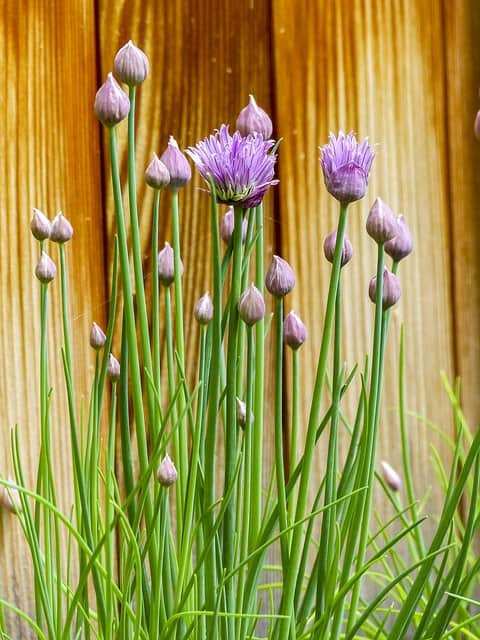
Chives are a perennial herb that grows well in USDA Zones 3-9. Planting them in August allows the roots to establish before the frost, resulting in healthy growth for the next spring. Chives prefer cool weather, with temperatures ranging from 50°F to 75°F.
Space plants about 10-12 inches apart to allow them room to expand. Chives are among the first herbs to appear in the spring and provide a mild onion flavor that enhances many dishes, from salads to soups. Their purple blossoms are also beautiful and edible.
Tarragon
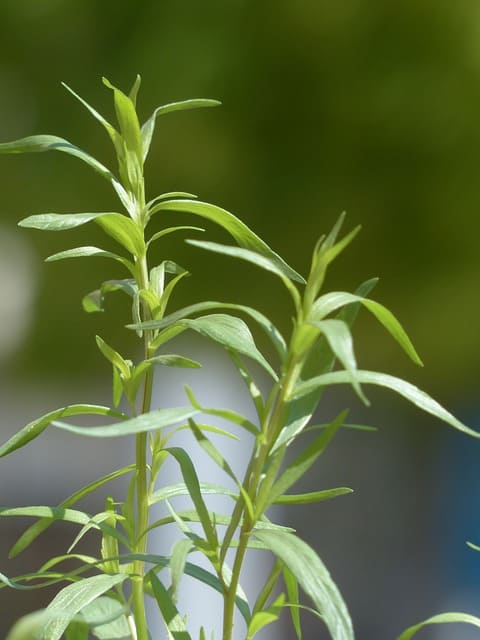
French tarragon is a flavorful perennial herb that can be planted in USDA Zones 4-9. It enjoys temperatures around 60°F to 75°F. August is the perfect time to plant this herb, as it allows time for root establishment before winter.
Tarragon thrives in well-drained, slightly alkaline soil and benefits from full sun. This herb should not be planted from seed due to its low germination rate; instead, opt for cuttings or root divisions from an existing plant. Tarragon is renowned for its use in sauces, specifically béarnaise, and is a wonderful complement to chicken and fish dishes.
Fennel
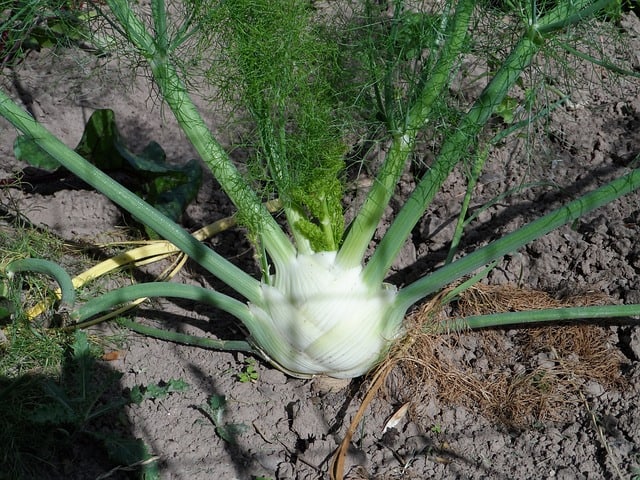
Fennel, often used in culinary applications for its aromatic bulbs and fronds, can be planted in August in USDA Zones 5-9. This herb prefers cool temperatures between 60°F and 70°F.
When planting fennel, it’s crucial to provide ample space as it can become quite large. Full sun and well-drained soil are essential for a successful crop. The fronds can be harvested for flavoring while the bulb can be harvested once it reaches a desirable size. Fennel pairs beautifully with citrus flavors, seafood dishes, and salads.
Lemon Balm
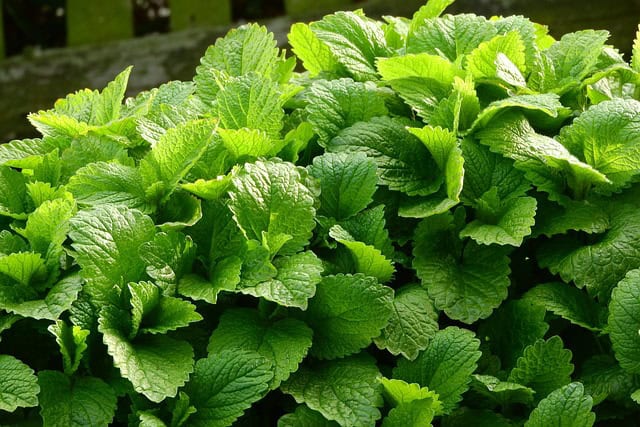
Lemon balm is a delightful perennial herb known for its lemony scent and flavor. It can be planted in August in USDA Zones 4-9. This herb thrives in cooler temperatures, ideally between 60°F and 75°F.
Plant lemon balm in well-drained soil with access to full sunlight. It can be aggressive in its growth, so you may want to contain it by planting it in a pot. The leaves can be used in teas, desserts, and salads, making it a versatile addition to any herb garden.
Sage
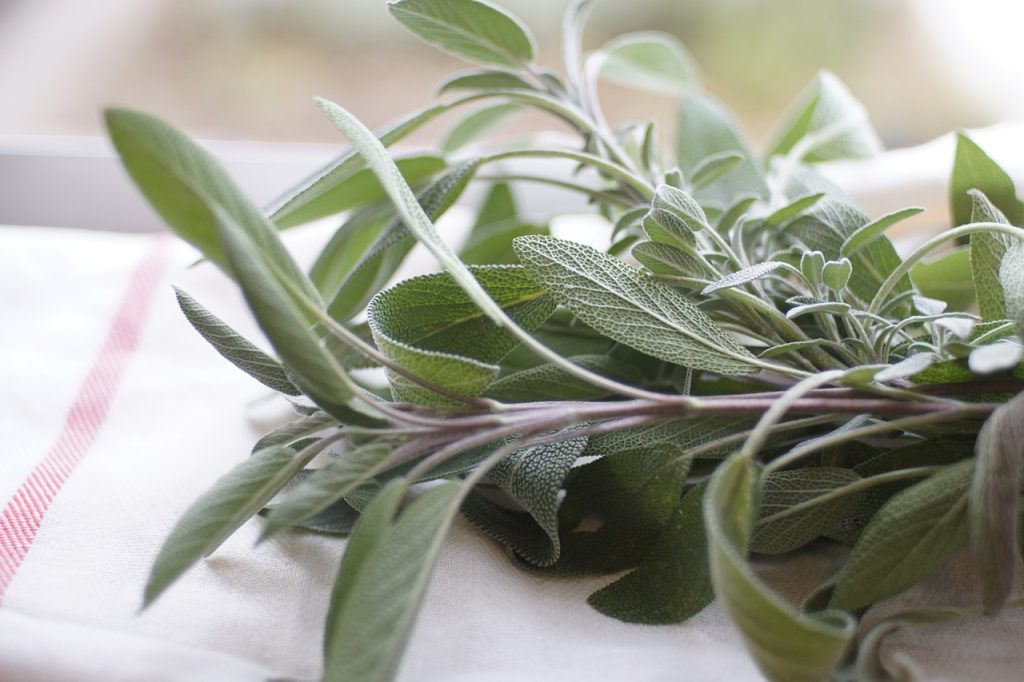
Sage is a tender perennial herb that can flourish when planted in August in USDA Zones 5-10. This herb enjoys a warm growing season and prefers temperatures between 70°F and 80°F.
Plant sage in well-drained, sandy soil, ensuring it receives full sun. Prune regularly to encourage bushy growth and to prevent flowers from developing too early. Known for its strong, earthy flavor, sage is commonly used in stuffing, meats, and sauces, making it a staple herb in many kitchens.
Catnip
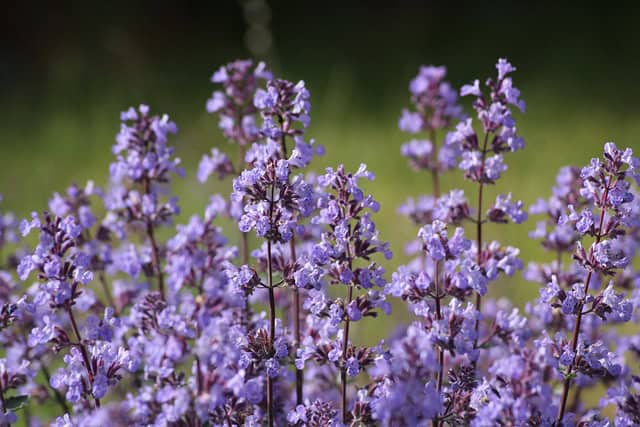
Catnip, known for its effect on felines, is a wonderfully adaptable herb that can be planted in August in USDA Zones 4-9. This plant thrives in warm temperatures of about 60°F and above, making late summer a suitable time for growth.
Catnip prefers well-drained soil and can withstand drought conditions once established. While typically planted for the entertainment of cats, catnip can also be used to make herbal tea, which is known for its soothing properties. Consider dedicating a corner of your garden to this fun and functional herb.
Marjoram
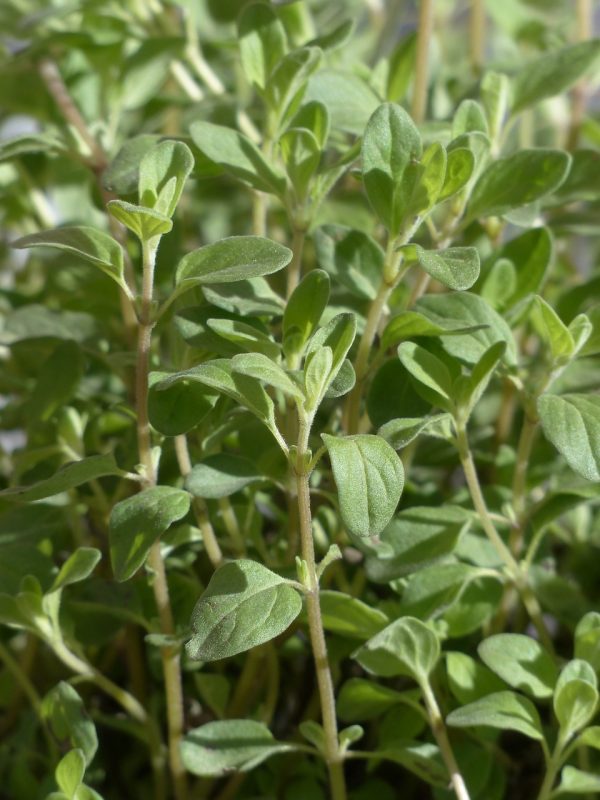
Marjoram, close in flavor to oregano, is a tender perennial best planted in USDA Zones 8-10 in August, where the warmer temperatures can promote its growth. Ideal conditions for marjoram involve daytime temperatures of approximately 70°F to 80°F.
This herb appreciates well-drained soil and full sun. Its distinct flavor profile is often used in Mediterranean cuisine, and it pairs exceptionally well with meats and vegetables. As it grows, pinch back the tips to encourage fuller growth and prevent it from flowering too early.
Mint
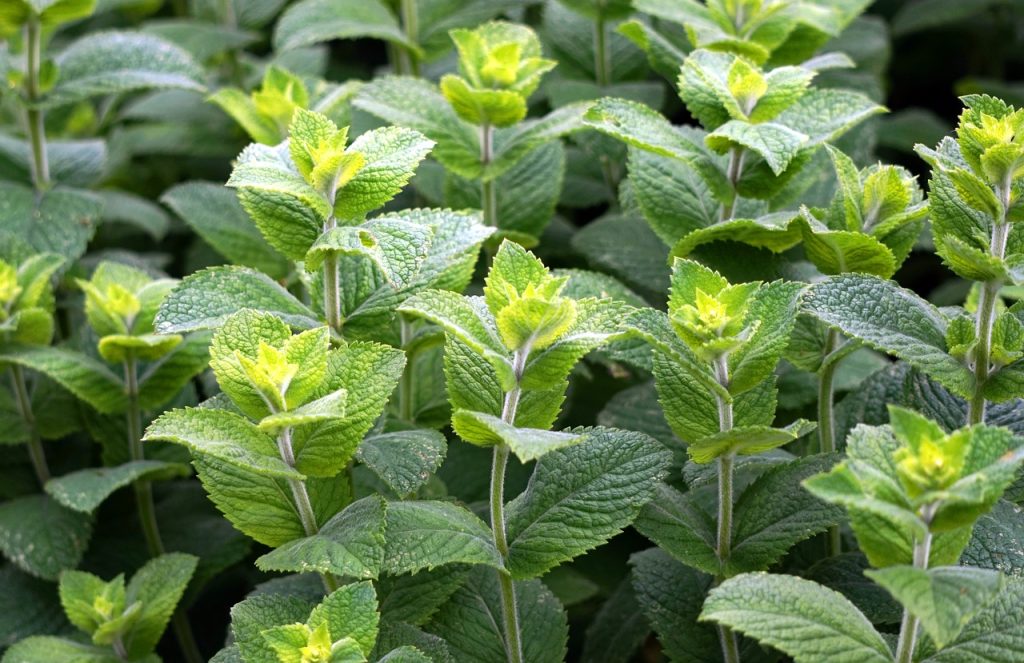
Mint is a versatile perennial herb that can be planted in USDA Zones 3-10 and is exceptionally easy to grow. August is an advantageous time for planting, especially in Zones 5-9, as mint loves warm temperatures between 65°F and 80°F.
Given its vigorous growing habit, plant mint in containers or trenches to prevent it from invading other parts of your garden. This herb can be used in a wide range of culinary applications, from refreshing drinks to savory dishes. Mint is also a natural pest deterrent, making it a wise choice for organic gardens.
Rosemary
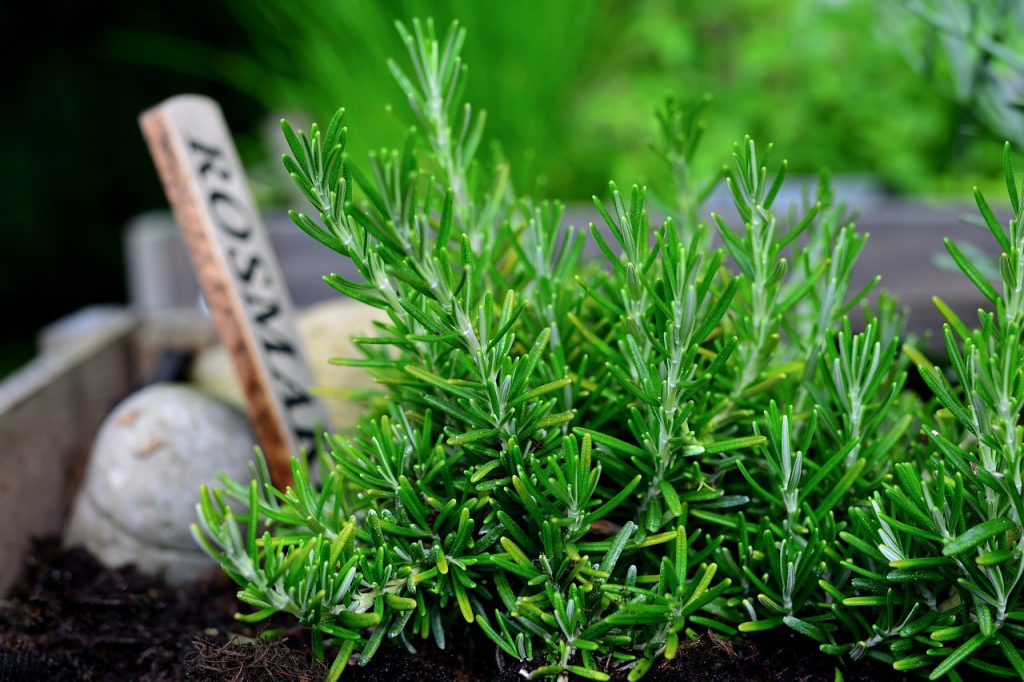
Rosemary is a fragrant perennial herb that thrives in USDA Zones 7-10, making August a suitable planting month in these warmer niches. This herb requires well-draining soil and loves warmer temperatures ideally around 70°F to 80°F.
When planting rosemary, consider using sandy soil or amending clay soils with organic matter to improve drainage. This herb is famously drought-tolerant once established and can enhance a myriad of dishes with its distinct pine-like flavor. Regularly pinching back growth encourages bushier plants.
Chervil
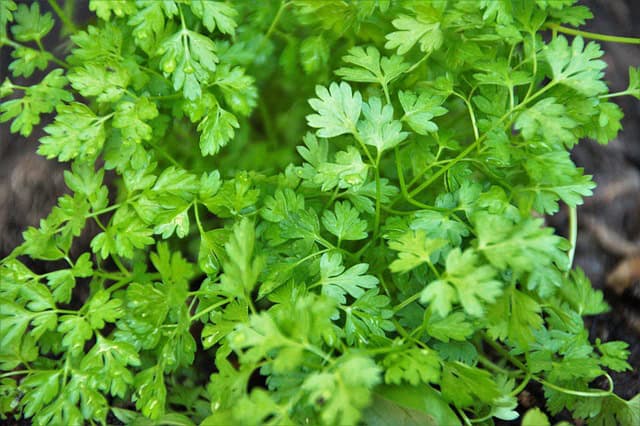
Chervil is often overlooked but is an herb of great culinary interest, especially in French cuisine. It can be successfully sown in August in USDA Zones 3-7. Best to plant when temperatures are between 60°F and 70°F, chervil prefers cooler conditions, which makes the late summer a perfect time for planting.
Chervil thrives in soft, well-drained soil enriched with organic matter and requires partial shade, especially in warmer regions. This delicate herb lends a subtle anise flavor to salads, dips, and herb butters, making it a valuable addition for those who appreciate culinary finesse.
Sweet Woodruff
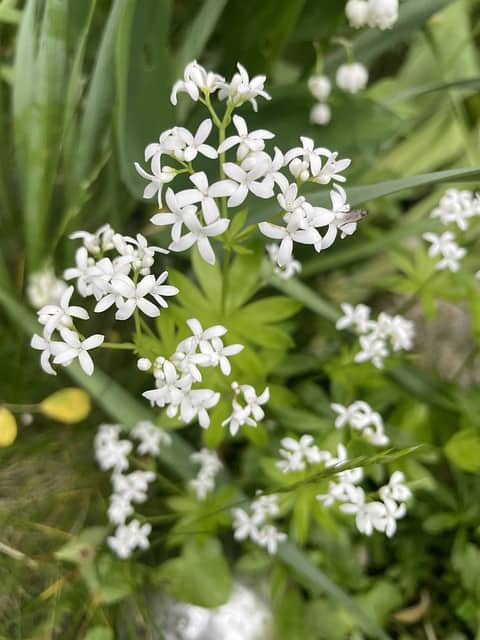
Sweet woodruff is a lesser-known herb that flourishes in USDA Zones 4-8. It can be planted in August, where cooler temperatures of around 60°F to 75°F are preferable. This hardy perennial prefers shaded areas and can provide ground cover in garden beds.
Not only does sweet woodruff offer a sweet, hay-like scent, but it can also be used in herbal teas and desserts. Its taste note is often described as a blend of sweet and bitter, adding a unique flavor to culinary creations. This herb is low-maintenance, making it suitable for novice gardeners.
Summer Savory
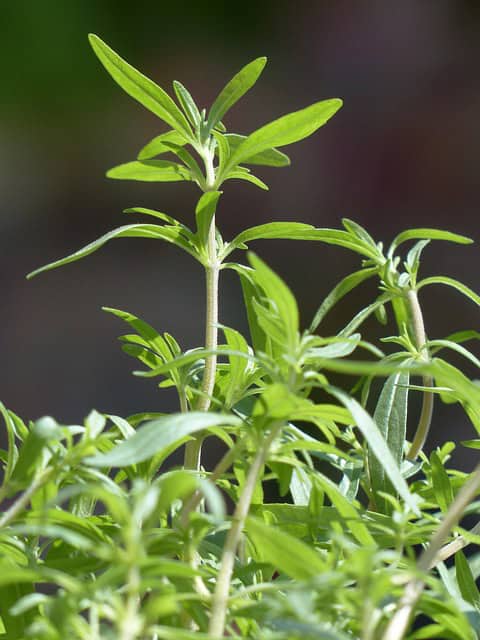
Summer savory is an annual herb ideally suited for planting in USDA Zones 3-9 during August. It flourishes best in warm temperatures of about 70°F to 85°F.
Plant seeds about 2-3 weeks before the first expected frost for a late season harvest. Summer savory grows well in well-drained soil and prefers full sunlight. It’s a traditional seasoning for beans and meats and also adds a peppery flavor to salads. Harvesting regularly promotes continued growth and flavor development.
Perilla
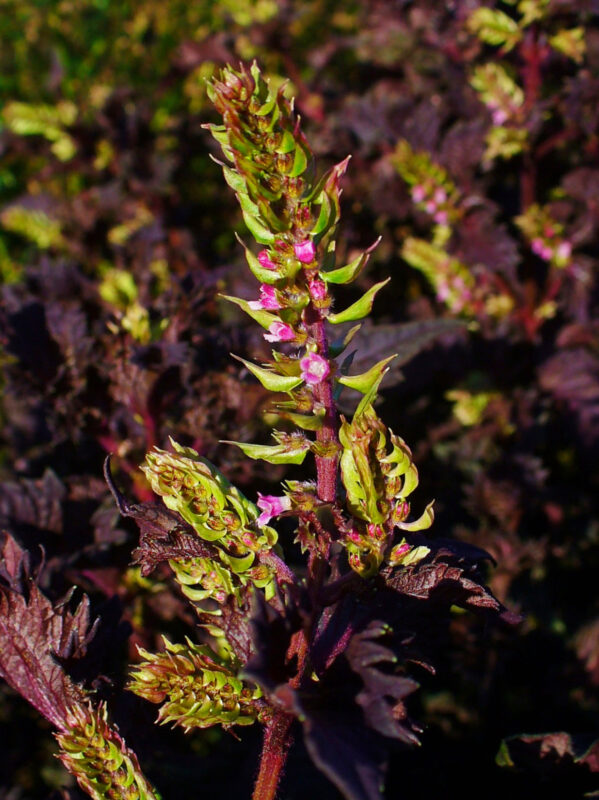
Perilla, also known as shiso, is a unique herb commonly used in Asian cuisines and can be planted in USDA Zones 9 and 10 in August. This herb loves warm temperatures, ideally between 70°F and 85°F, for optimal growth.
Perilla grows well in well-drained soil and thrives under full sun conditions. With its distinctive flavor profile reminiscent of mint and basil, perilla adds exciting depth to salads and sushi dishes. It is advisable to harvest regularly to encourage new growth and prevent flowering.
Conclusion
There you have it — 20 herbs that are perfectly suited for planting in August across varying USDA zones. With the right preparation, August can transform your garden into a lush, herb-filled oasis that continues to bear fruit well into the cooler months


